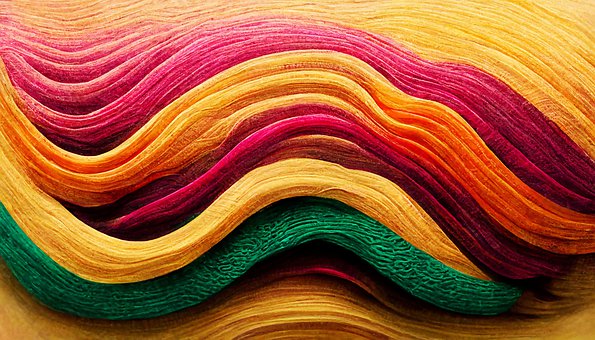
What Are The Different Types Of Interfacing?
Interfacing is a process used in garment manufacturing to help give structure, shape and firmness to certain areas, such as the facings, hems, and collars on shirts, coats and jackets. There are two types of interfacing to use. Sew-in and fusible interfacing are both popular choices and each has its own positive points and reasons to use.
In addition to the two major types of interfacing, there are variations in the weight of this extra layer with a choice of light, medium or heavy weight. Plus, the type of weave can vary from the knit, woven or non-woven options. It is critical to use the right type of interfacing to match the specific application.
Sew-in or fusible interfacing
Here is an overview of the different interfacing techniques:
Fusible interfacing
The fusible interfacing method is the most basic and the preferred choice for the complete beginner learning sewing skills. It relies on a heavy adhesive on one side to give a permanent hold to the collar or hem when applied using an iron. The steam and heat of the iron combine to activate the adhesive.
Fusible interfacing is a practical choice in a variety of situations, but should be avoided for fabrics with significant texture because the glue will have difficulty taking hold. Soft fabrics like velvet could easily be crushed. Also, the fabrics or materials sensitive to heat, such as vinyl or sequins, should be avoided.
In many situations, it is perfectly acceptable to use fusible interfacing unless a sewing fabric or pattern demands otherwise.
Sew-in interfacing
The sew-in interfacing technique is the advanced option and gives the most natural shape for articles of clothing. Sew-in interfacing is simply a method of adding a second layer of fabric which is kept in place using stitches. There is less stiffness to this method which makes it the preferred option for many professional clothes makers. But, sew-in interfacing should only be used by those competent at sewing multiple fabric layers at once using a sewing machine. The poorly sewn interfacing can have a noticeable impact on the shape and flow of the clothes.
Knit, woven or non-woven interfacing
The non-woven interfacing is one of the easiest options to use. It is a practical choice for virtually all uses, although it shouldn’t be used with stretch fabrics. This type of fabric has no grain and easily cuts in any direction. Woven interfacing is more difficult to work with because it has a crosswise and lengthwise grain. It is important to match the grain when cutting the material to avoid issues with mismatched fabrics. The knit interfacing is the best choice for stretch fabrics and is created by knitting multiple fibers together.
[ad_2]Source by Leo Eigenberg